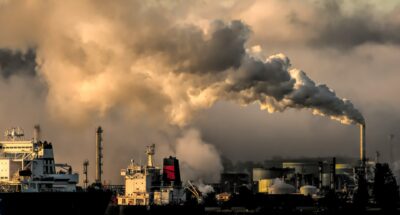
Staying committed on net-zero goals is true test of leadership
Companies have buckled under pressure from the Trump administration and challenging economic conditions, but now's not the time to abandon sustainability goals....
Audio available
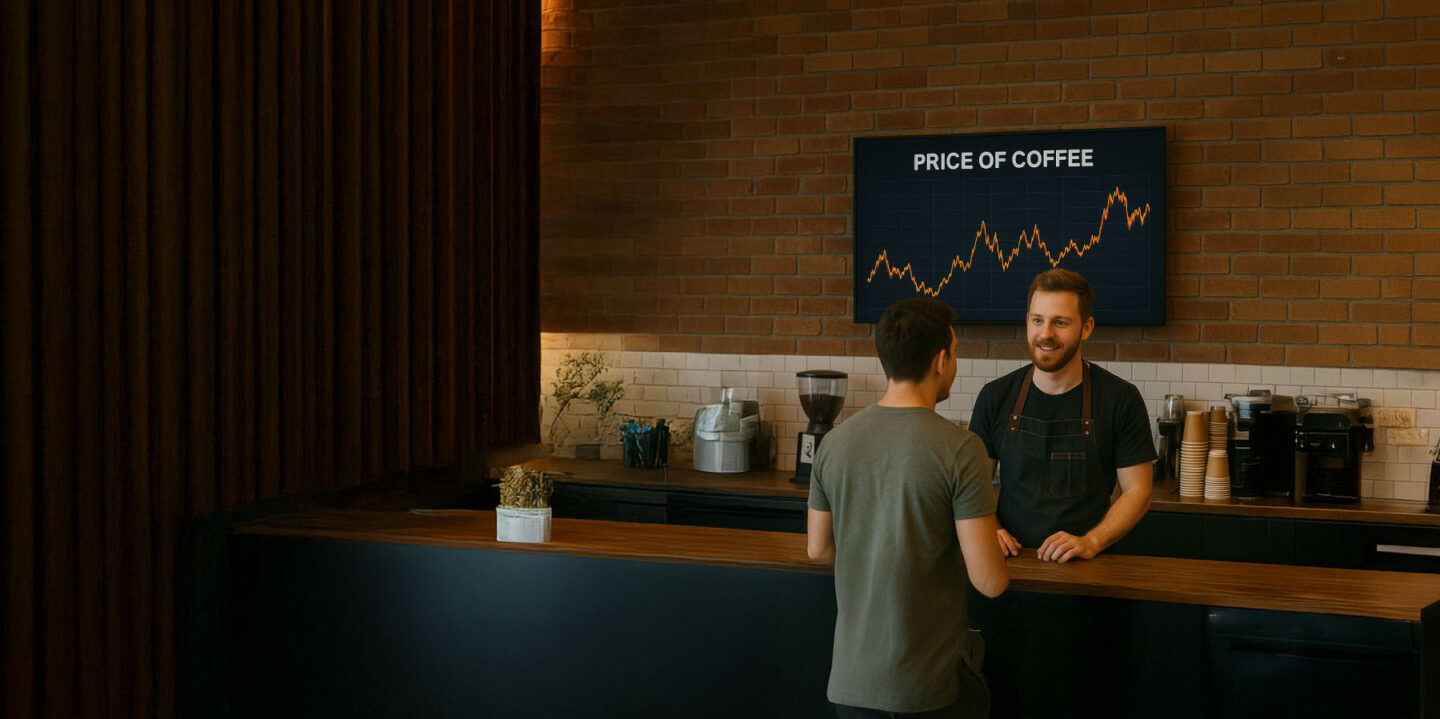
by Julia Binder, Manuel Braun Published August 25, 2025 in Geopolitics • 7 min read
This article is one of a five-part series examining the growing importance of circularity in an increasingly fragmented world.
Step into a supermarket, a clothing store, or your local electronics retailer, and you can see the shift taking shape. Prices that once felt predictable now seem much more volatile, and goods once considered accessible to all are edging toward luxury.
That cup of coffee or chocolate bar on your desk? Both are getting more expensive. Coffee beans have seen prices swing between $7,000 and $13,000 per ton over the past year. Cocoa has followed a similar path, with 60% of global supply coming from both Ghana and Côte d’Ivoire facing yield losses of around 20% on conventional farms in the last season due to extreme weather.
From Brazil’s droughts to Ghana’s heavy rains, climate shocks are wiping out harvests and sending prices soaring. For many businesses, these costs are already hitting procurement budgets, squeezing margins, and showing up in retail prices. These are not isolated market anomalies. They are symptoms of the same deeper forces explored in the previous article of our five-part series: resource scarcity, fragile supply chains, and geopolitical competition.
France’s recent decision to regulate ultra-fast fashion platforms like Shein and Temu is more than just a consumer protection measure – it’s a sign that the “cheap, disposable” model is on the way out. Similar policy shifts are appearing elsewhere. The EU’s new Ecodesign for Sustainable Products Regulation (ESPR) and Right to Repair directives are set to extend product lifetimes and force companies to take greater responsibility for end-of-life recovery. These rules, while designed to reduce waste, also raise costs for businesses that have long relied on low production expenses and quick turnover. The days of easy access to global labor and limitless low-cost imports are ending.
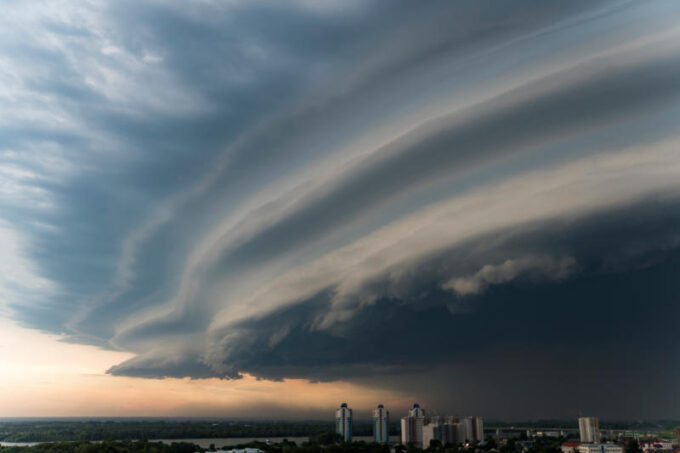
At the same time, prices for critical materials are breaking new records. Lithium’s wild price swings tell the story: after collapsing nearly 90% from its 2022 peak, it surged 45% in just six weeks, only to drop again by double digits. Nickel, cobalt, and rare earth elements are now bargaining chips in geopolitical stand-offs, sending costs soaring for automakers and electronics makers.
The consequences go well beyond commodities. The cost of risk itself is changing. For decades, companies could count on insurance to cushion against shocks, and often at manageable premiums. Yet, as climate volatility accelerates, premiums are climbing to historic levels. In some high-risk regions, insurers are even pulling out altogether. Companies with facilities in regions prone to natural disasters – wildfires in California, floods in Bangladesh, or hurricanes in the Caribbean, for example – are finding themselves unable to get coverage at all, or facing premiums so high they threaten profitability.
Without adequate insurance, supply contracts become harder to secure, financing dries up, and asset values plummet. Lenders are increasingly unwilling to back projects without robust coverage, meaning that exposure to climate and commodity volatility can directly shut down access to capital. The Financial Times recently highlighted significant risks that the global economy could face as insurance providers grapple with increasing risk costs due to climate extremes and financial services become unavailable in certain regions.
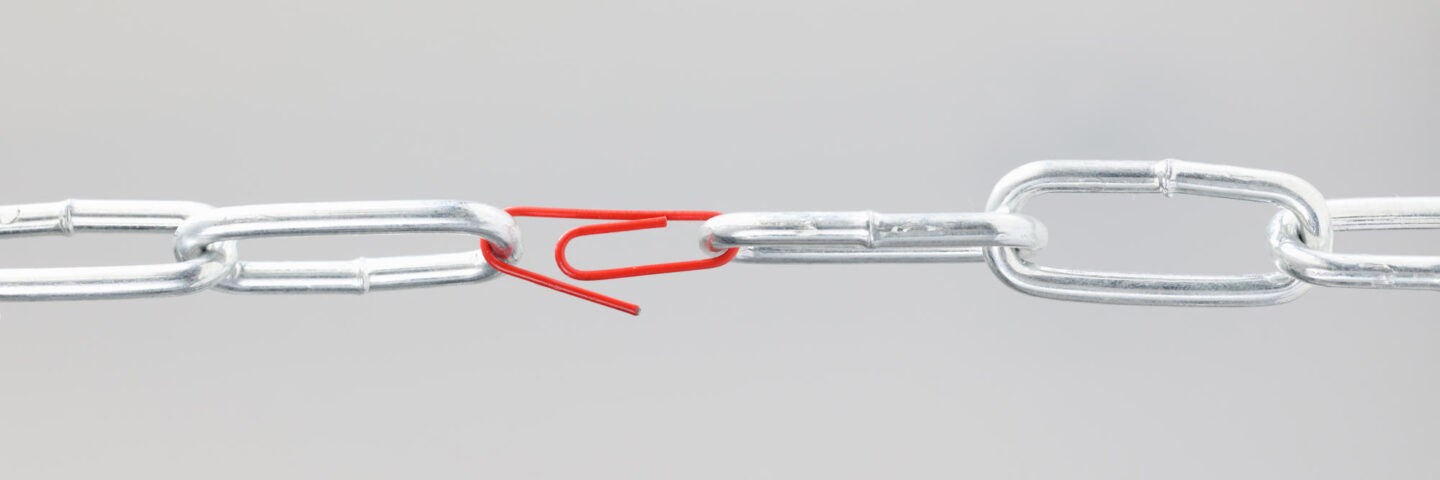
“Every link in the supply chain is under pressure, from raw materials to risk management.”
So, what does this add up to? Simply that the old world of unquestioned abundance is over. After decades of ultra-cheap fashion, throwaway electronics, and bargain-basement food, we’re waking up to a new economic order where “low cost” is fast becoming history.
Every link in the supply chain is under pressure, from raw materials to risk management. Fast fashion, cheap gadgets, and “affordable” food relied on a global system that is now fragmenting under the weight of resource nationalism, trade barriers, environmental collapse, and a rising cost of risk.
Consumer behavior is shifting too. Repair cafés are popping up across Europe. Younger demographics are driving the growth of resale and refurbished markets, paying premiums for quality and longevity over “fast and disposable.” The fashion resale market, for example, is experiencing stronger growth than the fashion market overall. This shift in consumer preference aligns directly with supply-side pressures. Together, they point toward a future where the winners are the companies that can deliver value without constant extraction.
For companies, this means more than just higher input costs. It changes how contracts are negotiated, how products are designed, how to build long-term customer relationships, and which markets are worth competing in. We are witnessing a paradigm shift in real time, moving from an extractive, linear “take-make-waste” model to a new economic logic that optimizes for resource efficiency and zero waste, while delivering nature-positive and regenerative outcomes.
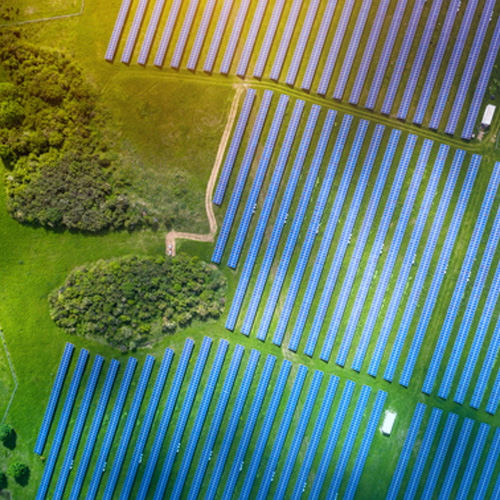
Decathlon is following a similar path, embedding circular models into both its value chain and marketplace.
In this new model, resources are reused, biodiversity is protected, and nature is treated as an asset on the economic balance sheet. Long-term offtake agreements are becoming the norm in sectors from food to electronics. Those able to guarantee supply stability, while competitors face constant price renegotiations, will seize a major competitive advantage.
Some companies are already moving decisively. IKEA, once the emblem of affordable, disposable furniture, is rethinking its business. With raw material shortages and supply chain volatility threatening its low-cost model, IKEA is investing in longer-lasting designs, buy-back and refurbishment programs, and large-scale leasing and repair services across Europe. Customers can now return used furniture for refurbishment and resale, closing the loop and moving beyond the old “use-and-dispose” mentality.
Decathlon is following a similar path, embedding circular models into both its value chain and marketplace. Most stores already have in-house repair stations. Refurbishment and resale are growing fast, particularly for bicycles and sports equipment, while recovery and recycling are now strategic priorities. Local rental models are being rolled out, often in partnerships, with the company moving beyond pilots and into large-scale implementation. These changes are opening new value pools, strengthening customer loyalty, and requiring a shift towards product portfolios designed for longer lifespans and higher quality. It is a clear signal: even the world’s biggest names in “cheap” are preparing for a very different future.
Recently, Slow acquired African Coffee Roasters, making it one of the largest coffee importers in the EU.
Circular business models, focused on keeping products and materials in use as long as possible, are becoming essential just for survival. Companies that design for durability, repair, and reuse will weather scarcity far better than those clinging to “sell more, sell cheap” approaches. And for the food sector in particular, the next frontier is regenerative agriculture: investing in farming methods that restore soil health, increase biodiversity, and make crops more resilient to climate shocks.
Regenerative agriculture isn’t a buzzword; it’s fast becoming a business necessity for companies that want stable, affordable ingredients in a world of climate volatility.
Think back to your morning coffee. Slow, a Danish coffee company, is applying agroforestry practices in partnership with farms in Laos, Indonesia, and Vietnam. Operating a farm-to-fork model, the company increases transparency and efficiency by cutting out middlemen. It sells directly B2B to European businesses under long-term contracts, offering planning security for all parties. Recently, Slow acquired African Coffee Roasters, making it one of the largest coffee importers in the EU.
And your chocolate? Tony’s Chocolonely relies on strict sourcing principles: traceability, fair pricing, long-term farmer collaboration, and sustainable agricultural practices. Over the past year, Tony’s supply chain was less affected by the above-mentioned price volatility, its farms faced only half the yield losses (compared to conventional farms), and working conditions remain significantly better than industry averages.
The bottom line is clear: the age of cheap everything is ending, replaced by a market where value comes from resilience, quality, and ingenuity. For those ready to adapt, this disruption is a once-in-a-generation opportunity not just to survive the shift but to lead it.
In the next article of our five-part series, we’ll explore how this new era of scarcity is reshaping the race for tech sovereignty and why the leaders in AI and advanced manufacturing may not be who you expect.

Professor of Business Transformation at IMD
Julia Katharina Binder, Professor of Business Transformation, is a renowned thought leader recognized on the 2022 Thinkers50 Radar list for her work at the intersection of sustainability and innovation. As Director of IMD’s Center for Sustainable and Inclusive Business, Binder is dedicated to leveraging IMD’s diverse expertise on sustainability topics to guide business leaders in discovering innovative solutions to contemporary challenges. At IMD, Binder serves as Program Director for Creating Value in the Circular Economy and teaches in key open programs including Transition to Business Leadership (TBL), and Leading Sustainable Business Transformation (LSBT). She is involved in the school’s EMBA and MBA programs, and contributes to IMD’s custom programs, crafting transformative learning journeys for clients globally.

Entrepreneur & Author
Manuel Braun is a leading expert in the domain of sustainability and resource productivity. After eight years at McKinsey, he played a leading role in building up Systemiq Ltd, a global think tank focused on sustainable systems change. He co-authored the book The Circular Business Revolution and is a lecturer in the Creating Value in the Circular Economy course at IMD. He partners with pioneering companies, investors and entrepreneurs to drive change at the interface of sustainability and innovation. Manuel holds a PhD from the Technical University of Munich and is a nature enthusiast in the professional realm and beyond.

November 27, 2025 • by Amanda Williams in Geopolitics and Circularity
Companies have buckled under pressure from the Trump administration and challenging economic conditions, but now's not the time to abandon sustainability goals....
 Audio available
Audio available
September 1, 2025 • by Julia Binder, Manuel Braun in Geopolitics and Circularity
In the final article of our series, we explore how businesses face hard planetary and geopolitical limits that make the “business as usual” growth model untenable as climate shocks, biodiversity loss, and...
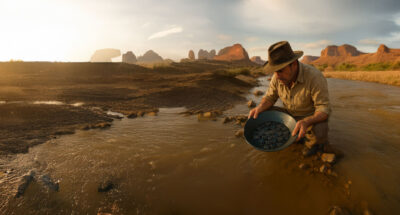
August 27, 2025 • by Julia Binder, Manuel Braun in Geopolitics and Circularity
The race for tech sovereignty is intensifying as AI’s growth drives fierce competition for the rare minerals, chips, energy, and talent that underpin advanced computing. Supply chain fragility, geopolitical tensions, and export...

August 21, 2025 • by Julia Binder, Manuel Braun in Geopolitics and Circularity
In this second article of our series on geopolitics and circularity, we examine how the scramble for critical inputs is fueling a new era of resource wars and what it means for...
Explore first person business intelligence from top minds curated for a global executive audience